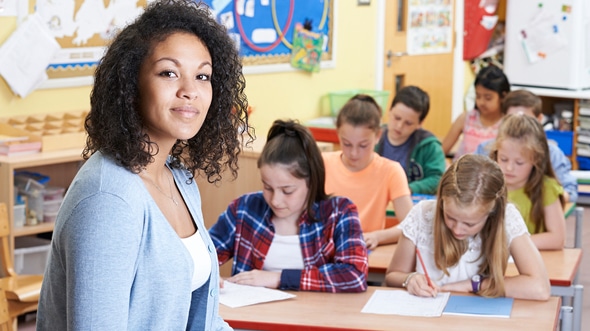There are a variety of challenges that face students in the online classroom environment, not the least of which are reliable internet access and a decent computer. Teachers can create the best lesson plans ever but if the children do not have these important implements, then both teachers and students are often wasting their time.
Another critical issue in our currently ever-changing school scenario is reaching all students and creating an inclusive online classroom that meets students of every ability level. This is challenging enough in the in-person classroom setting but requires much additional thought and preparation when classes meet virtually.
There are several strategies that educators can follow to help themselves and students make the most of the learning opportunities this format and create an atmosphere of respect and positivity.
- Clearly outline your expectations for all aspects of the online classroom, from attendance to participation, assignments, evaluations, and deadlines. Model appropriate and inappropriate responses, provide examples, and provide relevant feedback.
- Evaluate every lesson to ensure that it meets guidelines for all types of students. Consider varied content delivery methods, closed captioning, how and when feedback is provided, easily readable instructions, accessibility, etc.
- Language and content should be suited for a diverse and multi-cultural audience.
- It often requires more effort to connect with students in an online format. Timely response and feedback tailored to each student individually is more inclusive than a quick “good job” on an assignment. Schedule virtual “office hours” when students can contact you for a chat via your school’s chosen online platform.
- Flexibility is critical. Your great idea for a lesson may not work with your students. Have several options available and be prepared to “shift gears” if needed.
- If you feel you are a little “rusty” when it comes to inclusion strategies, sign up for a professional development program like Prepforward’s Online K-6 Inclusion Course, which can be beneficial in the physical classroom as well as in an online setting.
It is likely that we will continue to adapt education guidelines across the country as the year progresses and into the future. Remaining mindful of what is best for the students we serve ensures that whatever our classrooms look like, that we meet the needs of all students regardless of background or ability level.

